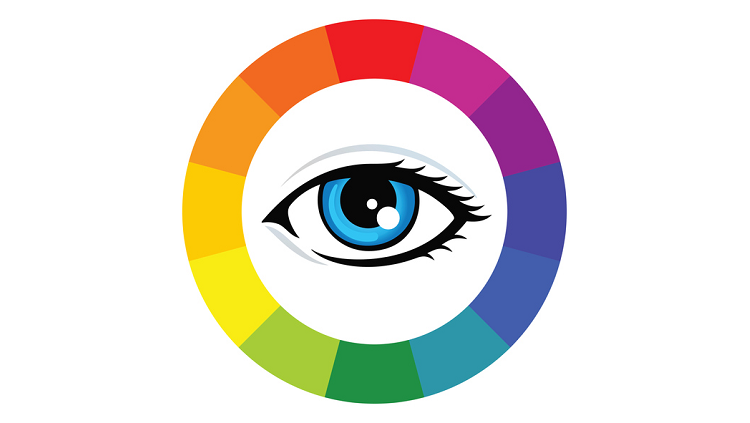Consciousness has always been a controversial and difficult area to study, for much of the twentieth century research on consciousness was systematically rejected, both in the field of psychology and in the scientific field, due in large part to the extreme positivism of behavioral perspectives. Mentalist terminology was completely rejected. But, following advances in cognitive psychology, the need to study conscious and unconscious processes has increased.
Consciousness is a very difficult entity to define, the truth is that almost everyone knows what it is, but few definitions can reflect its complexity, perhaps we can define it, broadly speaking, as the mental capacity to know what happens to around us or within us in an “active” way. Consciousness is what allows us to know that we are ourselves and that we are present in events.
- When we study the human mind in depth.
- We realize that there are many unconscious processes.
- For example.
- We do not directly regulate our heart rate or the movement of language in our discourse.
- We only think about them and it happens.
- Now.
- How conscious or unconscious is our treatment.
- What characterizes conscious and unconscious processes?What neurysiological basis confirms the existence and function of consciousness?.
The first question asked by a scientist who wants to study consciousness is how to measure it, the problem is that it is a completely hidden event of direct observation, so we have to take an indirect action. The simplest would be the person’s own account. One rule often works: if you’re able to communicate something, you’re aware of it.
By researching in this way, we realize that we may present different stimuli to subjects so that they may include some in their communication and others may not. In addition, we also note that although the subject is not aware of the stimulus, it can influence his behavior. An example of this is the techniques of preactivation (priming): the presentation of a word unconsciously that facilitates or makes it difficult to read a later word.
Faced with this, we can find different levels of consciousness in cognitive processing:
It is important to note that these categories are one-dimensional levels and not closed categories, which means that any treatment can be placed anywhere between inadvertent and fully aware.
One of the key questions in the study of consciousness was linking this process with biological or neurysiological correlates. Many researchers have presented several models on how this process works and functions, but many questions remain unanswered. In turn, the research has identified some of the structures that may be involved and the reason for the existence of consciousness.
To study the brain structures of consciousness, the simplest thing is to use neuroimaging tools to compare conscious and unconscious processes. The results of these images come from the fact that there is additional nerve activation in processes that are conscious in nature.
Of course, when we change tasks also change the activated areas, it seems that consciousness is not focused on certain structures, it may be a brain-wide job, perhaps the most common factor among the various studies is the activation of the parietal and frontal areas of the brain, but this data should be taken with caution.
What about the big question of why we’re aware?While this question is difficult, the most informed answer may be related to the fact that it fulfills the function of being a short-circuit system, that is, a supervisory process that is responsible for evaluating the individual’s behavior and giving a “short circuit” process in the event of an error. This system would only act in processes of great relevance to save resources and be more efficient, this would explain the different levels of consciousness.
Consciousness is an interesting and mysterious process that has attracted many psychologists, philosophers and neuroscientists throughout history, the development of research helps us every day to learn more about consciousness, however, we still have a long way to go to understand reality.

